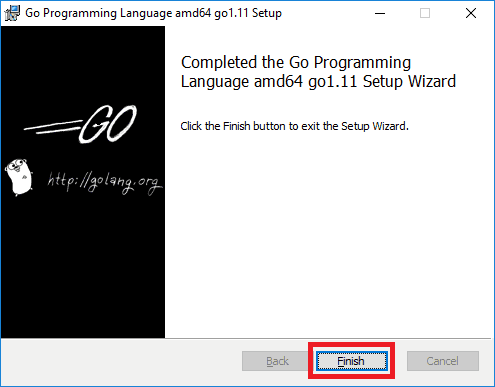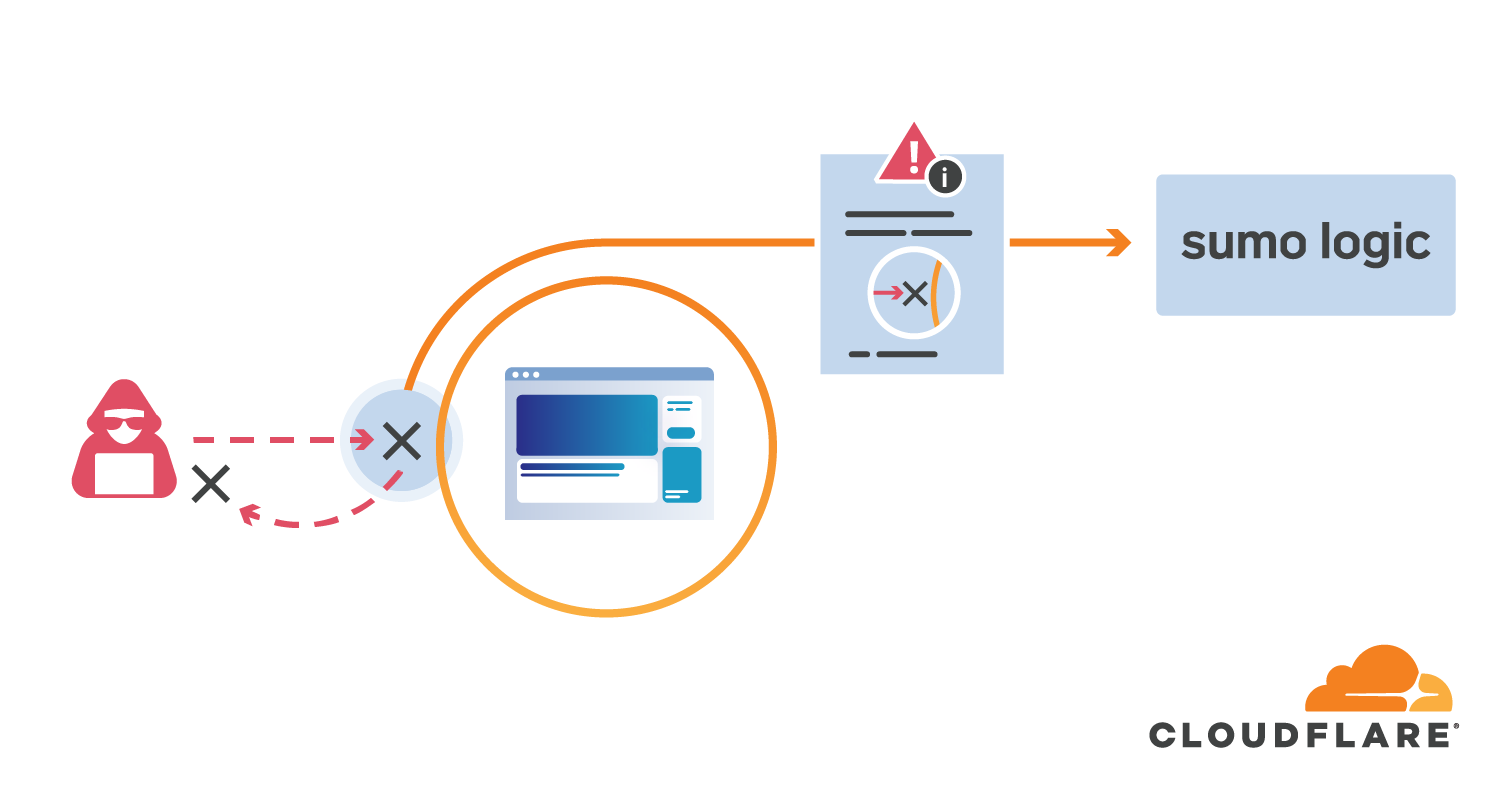
- #Homebrew install golang how to
- #Homebrew install golang install
- #Homebrew install golang update
- #Homebrew install golang software
#Homebrew install golang software
I know this might have seemed like a lot of setup but that's just a part of the beautiful and complex world of software engineering.
#Homebrew install golang install
If you already installed Homebrew then run a brew install command to install Minikube: For installation details for your system check out the installing Golang docs. Head over to the Golang website and download the Golang installer for your system. That was a lot of information to digest, take a moment to enjoy a gif of this french bulldog! In our case, the one purpose our baby server will serve is to be a CronJob! Our big server will deploy out many baby servers and each baby server will serve one purpose. Kubernetes runs clusters which is what I refer to as a big server that deploys pods which can be thought of as a baby server. Minikube is a tool made by Kubernetes which I like to think of in terms of a “big server” and a “baby server”, this tool is run locally and runs a single cluster. Well, there is a handy tool called CronJobs, and this may sound intimidating, but trust me if I can do it you can too!Įssentially, a CronJob is a utility that automatically runs some type of task periodically on a recurring basis, we will be combining CronJobs with Kubernetes.
#Homebrew install golang update
There have been countless times where I would have a script running for days or even weeks, but due to unforeseen bugs, I had to restart or update my server. Once installed, you are all set and ready to start writing Go.Oftentimes when developing scripts with the intent of running them forever on a server, I struggle with making the system robust.

It is as simple as installing a single extension called Go. The final step is to set up and configure VS Code to write Go code. If you see Hello, World! output to the console, you are all set! VS Code hello # Output should be: # Hello, World! Then build it with the go tool: cd $HOME /go/src/hello go build Then paste the following into hello.go: package main import "fmt" func main ( ) It should look like this $GOPATH/src/hello/hello.go Inside of your $GOPATH/src directory create a directory called hello and then a file called hello.go inside of it. Let's create a simple hello world program and build it to make sure we have everything configured correctly. You will also need to create 3 directories inside of your $GOPATH with the following: mkdir -p $GOPATH $GOPATH /src $GOPATH /pkg $GOPATH /bin Hello World The location of this path and various other Go specific ENV Variables can be located with the command: go env This location is also known as your GOPATH. On a mac this location is under: /Users/ /go # mine is: /Users/rguss/go/src Go has this concept of a 'workspace,' which is where all of your source code and 3rd party packages, binaries etc.

Run this command in your terminal: go version # You should see an output similar to the following: # go version go1.13.7 darwin/amd64 Workspace Setup If you have Homebrew installed you can run the command brew install golangĪfter you have installed, let's verify and test that everything is working. After going to this page, click on the link for 'Apple macOS' and run the installer. The easiest way to install go is via go's website.
#Homebrew install golang how to
In this article, I am going to show you how to install & setup Go on Mac and also setup/configure VS Code for writing Go code.

Astro Project: 1 - Creating our markdown blog.How to integrate various UI frameworks, themes, and tools.How to install Astro and build your first site.



 0 kommentar(er)
0 kommentar(er)
